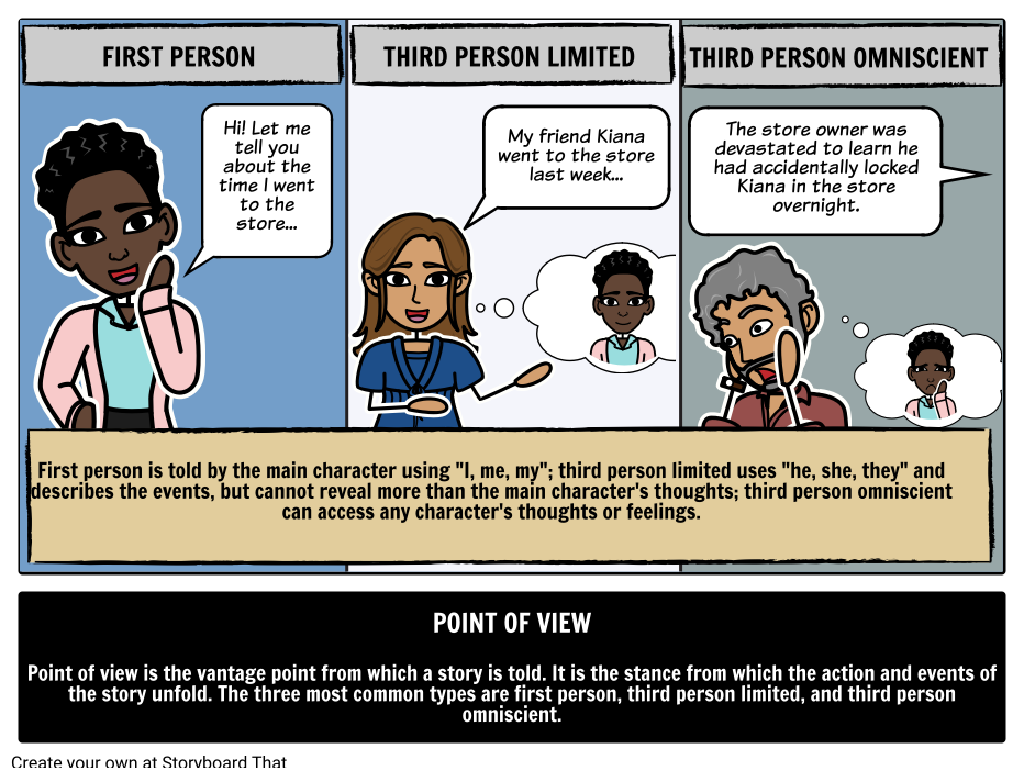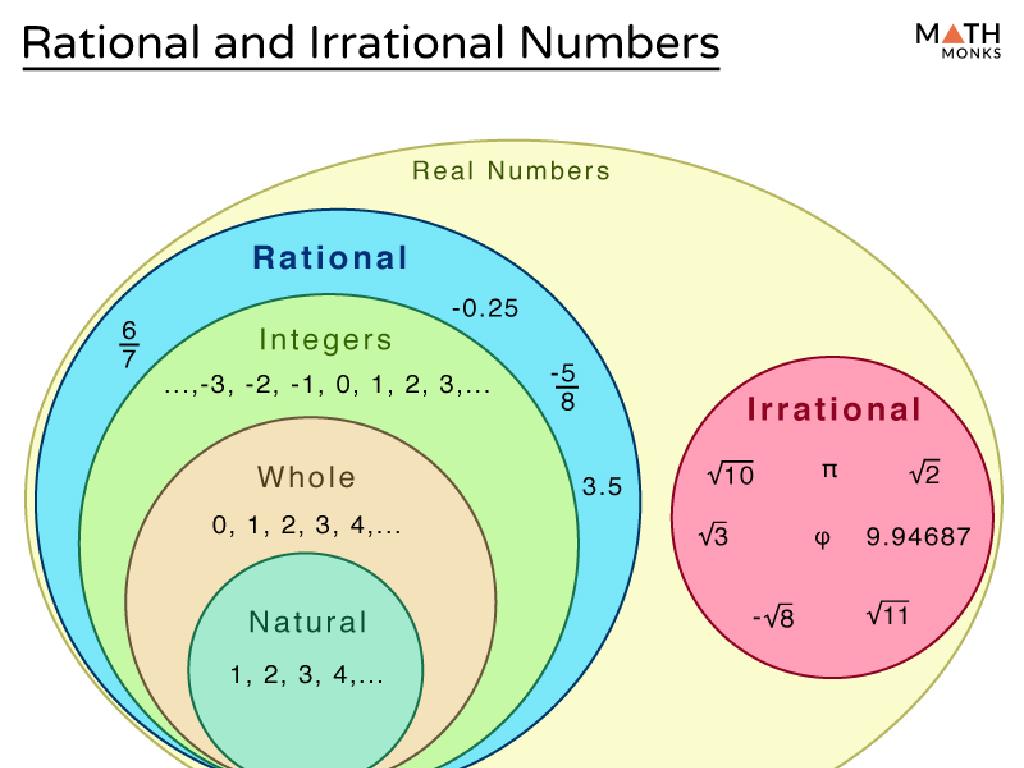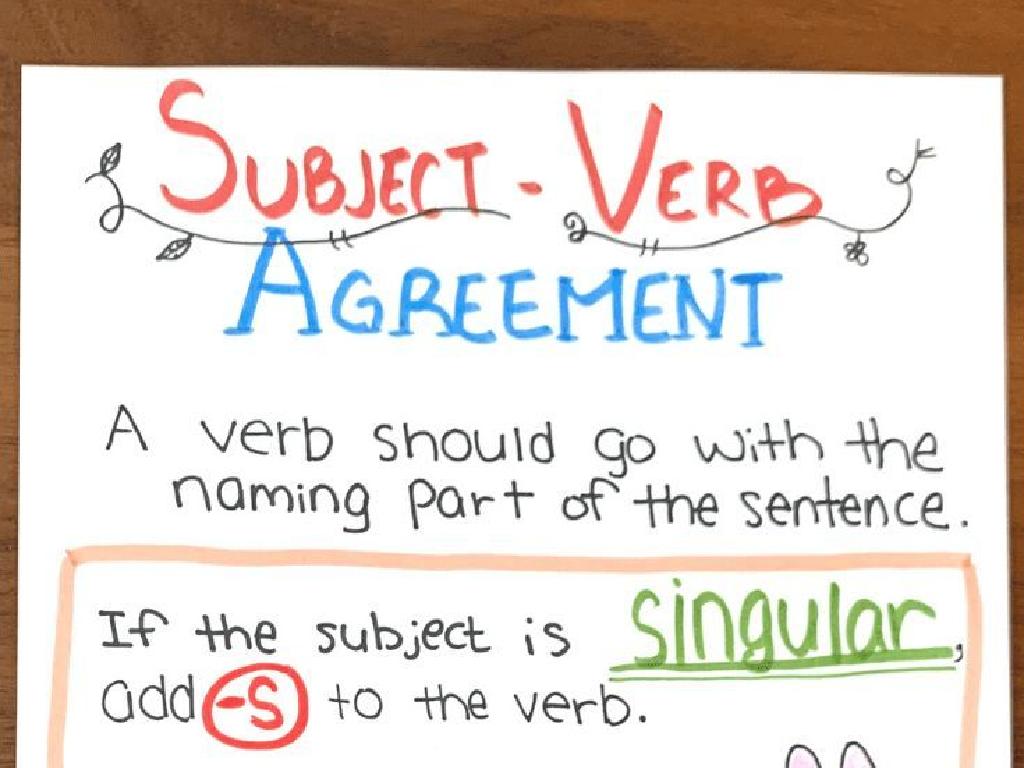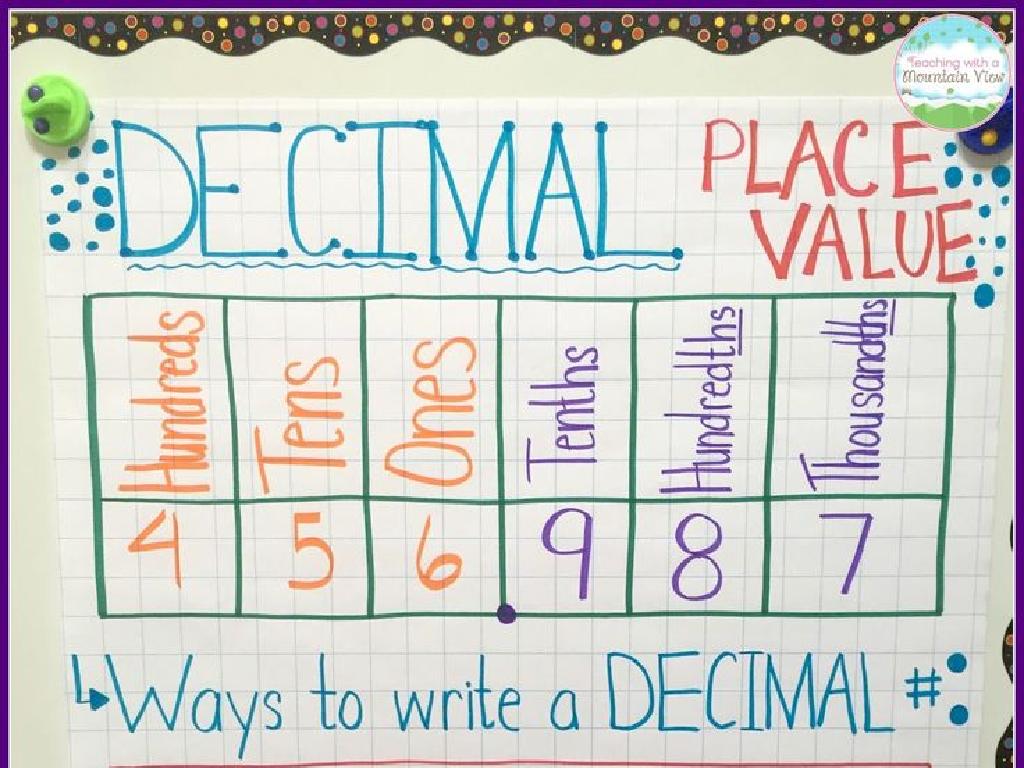Add, Subtract, Multiply, Or Divide Two Decimals
Subject: Math
Grade: Sixth grade
Topic: Mixed Operations: Decimals
Please LOG IN to download the presentation. Access is available to registered users only.
View More Content
Mixed Operations with Decimals
– Recap: What are decimals?
– Decimals represent fractions of a whole, like 0.5 is half.
– Understanding mixed operations
– Mixed operations involve different math actions (add, subtract, etc.).
– Focus: Adding & subtracting decimals
– Line up the decimal points and perform the operation as with whole numbers.
– Focus: Multiplying & dividing decimals
– Multiply normally, then place the decimal in the answer.
|
Begin with a brief review of decimals to ensure students recall that decimals are a way to express fractions. Explain that mixed operations refer to problems that involve more than one arithmetic operation (addition, subtraction, multiplication, division). Today’s lesson will focus on adding and subtracting decimals, where students should remember to align the decimal points before carrying out the operation. For multiplication and division, students will learn to multiply as if the numbers were whole and then place the decimal point in the correct position in the product or quotient. Provide examples for each operation and encourage students to solve a few problems to practice.
Adding Decimals
– Line up the decimal points
– Add like whole numbers
– Set decimal point in answer
– Example: 3.5 + 2.75
– Align decimals: 3.5 + 2.75 becomes 3.50 + 2.75 = 6.25
|
When teaching students to add decimals, emphasize the importance of aligning the decimal points vertically before beginning the addition process. This ensures that the tenths, hundredths, thousandths, etc., are correctly positioned. Remind them to add the numbers as if they are whole numbers, ignoring the decimal point during the calculation. After finding the sum, the decimal point must be placed directly below the other decimal points in the answer. Use examples on the board and provide practice problems that include different decimal places to ensure understanding. Encourage students to check their work by estimating the sum before starting the problem.
Subtracting Decimals
– Align decimal points vertically
– Subtract like whole numbers
– Decimal point in result
– Example: 15.7 – 8.59
– Ensure 15.7 is written as 15.70, then subtract to get 7.11
|
When teaching students to subtract decimals, emphasize the importance of lining up the decimal points to maintain the correct place value. Remind them to treat the numbers as whole numbers during subtraction, ignoring the decimal point until the end. After completing the subtraction, the decimal point in the answer should be directly below the other decimal points. Provide an example on the board, such as 15.7 – 8.59, and demonstrate how to rewrite 15.7 as 15.70 to make it easier to subtract. Walk through the subtraction step by step, and then place the decimal point in the answer to get 7.11. Encourage students to practice with additional problems and to check their work by adding the result to the smaller number to see if it equals the larger number.
Multiplying Decimals
– Multiply as whole numbers
– Count decimal places
– Add up the decimal places from both numbers
– Place decimal in answer
– The answer’s decimal comes after that many places
– Example multiplication
– 0.5 x 0.2 = 0.10 (1 decimal place in each number)
|
When teaching students to multiply decimals, start by ignoring the decimal points and multiplying the numbers as if they were whole numbers. After finding the product, count the total number of decimal places in the original numbers. This count will determine where to place the decimal point in the answer. For example, if there is one decimal place in each of the original numbers, the answer should have two decimal places. Provide several examples with different numbers of decimal places to practice. Encourage students to check their work by estimating the answer before placing the decimal point.
Dividing Decimals
– Shift decimal in divisor to right
– Make the divisor a whole number by moving the decimal all the way to the right
– Shift decimal in dividend likewise
– Move the decimal in the dividend the same number of places to keep the division equivalent
– Divide numbers as whole numbers
– Perform division ignoring the decimals as if working with whole numbers
– Place decimal in the quotient
– After division, place the decimal in the quotient directly above where it appears in the dividend
|
When teaching students to divide decimals, start by explaining the importance of converting the divisor into a whole number for simplicity. This is done by moving the decimal point to the right until there are no more decimal places. Emphasize that whatever is done to the divisor must also be done to the dividend to maintain the balance of the equation. Once both numbers are treated as whole numbers, students can divide as usual. It’s crucial to remind them to place the decimal point in the quotient to ensure the answer reflects the original decimal places. Use examples like 3.25 ÷ 0.5, where both the divisor and dividend are multiplied by 10, resulting in 32.5 ÷ 5, and the quotient is 6.5.
Decimal Operations: Examples and Practice
– Add decimals: 3.5 + 2.7
– Line up the decimal points and add: 3.5 + 2.7 = 6.2
– Subtract decimals: 6.2 – 4.8
– Keep the decimal points aligned: 6.2 – 4.8 = 1.4
– Multiply decimals: 0.9 x 0.4
– Multiply as whole numbers, then place the decimal: 0.9 x 0.4 = 0.36
– Divide decimals: 5.6 ÷ 0.7
– Divide as whole numbers, then position the decimal: 5.6 ÷ 0.7 = 8
|
This slide provides clear examples for each of the four basic operations with decimals. For addition and subtraction, emphasize the importance of aligning decimal points. For multiplication, teach students to multiply as if there are no decimals and then place the decimal in the correct spot in the answer. For division, show how to convert the divisor into a whole number by moving the decimal and doing the same with the dividend, then divide as usual. Provide additional practice problems for each operation and encourage students to solve them in class or as homework to reinforce their understanding.
Class Activity: Decimal Operations Relay
– Split into small groups
– Solve mixed decimal operations
– Each group gets different problems involving addition, subtraction, multiplication, or division of decimals
– First to finish correctly wins a point
– Discuss solutions together
– Review each group’s answers and methods
|
This activity is designed to encourage teamwork and reinforce the concept of decimal operations through a fun and competitive relay. Divide the class into small groups, ensuring a mix of abilities in each to promote peer learning. Provide each group with a set of problems that require them to add, subtract, multiply, or divide decimals. The first group to complete their set correctly earns a point. After the activity, bring the class together to discuss the different solutions and methods used. This will help students learn from each other and clarify any misunderstandings. Possible variations of the activity could include a timed challenge, bonus points for the most efficient solution, or having students create their own problems for others to solve.
Conclusion & Homework: Mastering Decimals
– Recap: Mixed decimal operations
– Review adding, subtracting, multiplying, and dividing decimals.
– Emphasize accuracy and place value
– Remember, each decimal place has a value; align them correctly!
– Homework: Decimal operations worksheet
– Practice problems to reinforce today’s lesson.
|
As we wrap up today’s lesson on mixed operations with decimals, it’s crucial to remind students of the importance of accuracy and understanding place value when working with decimals. The homework worksheet is designed to reinforce the concepts learned in class and provide additional practice. Ensure that students are comfortable with aligning decimal points and using zero placeholders where necessary. Encourage them to double-check their work for precision. During the next class, we can review any common challenges students faced on the worksheet.






